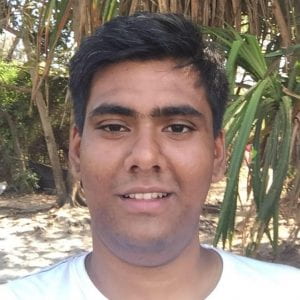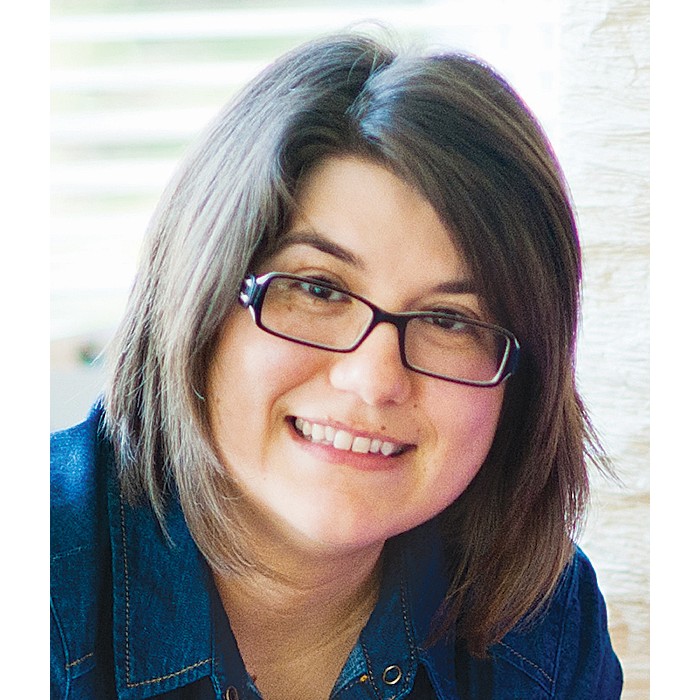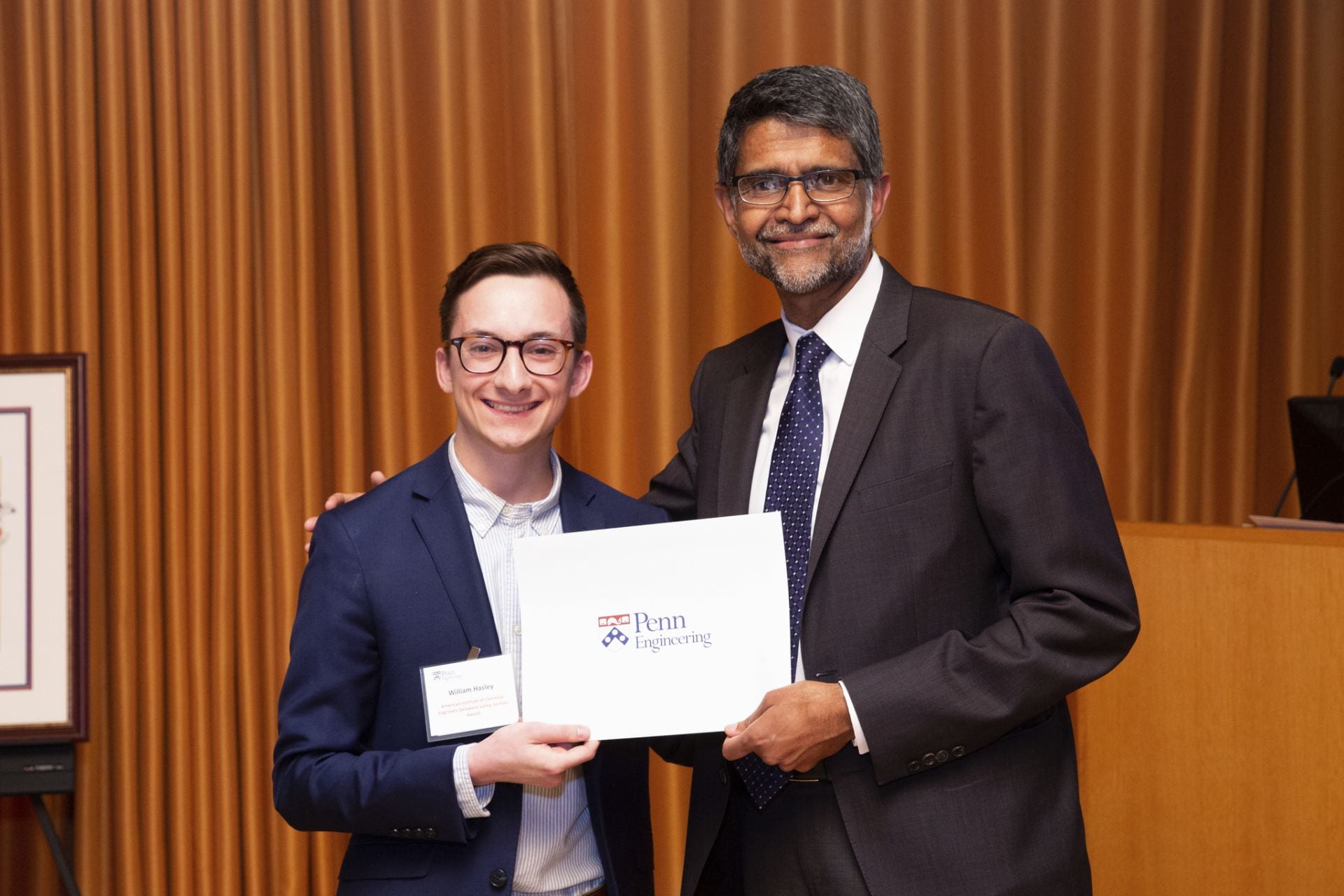Professor Virgil Percec was elected to be a Foreign Member of the Academy of Academia Europaea in the Chemistry section, 2020.
The Academia Europaea is the pan-European Academy of Humanities, Letters, Law, and Sciences. The Academia was founded in 1988 as the functioning Europe-wide Academy that encompasses all fields of scholarly inquiry. It acts as co-ordinator of European interests in national research agencies.
Congratulations to Virgil!
Author: xiaoqi
New Publication in PNAS Highlighted by Penn Today
A paper in Proceedings of the National Academy of Sciences of the United States of America entitled “Nanovesicles displaying functional linear and branched oligomannose self-assembled from sequence-defined Janus glycodendrimers” was published recently by our group and highlighted by E. K. Brockmeier “A new tool for cell biologists” in Penn Today. This work is a collaboration between Penn, Temple University, the Max Planck Institute, the Leibniz Institute for Interactive Materials, RWTH Aachen University, and Freie Universität Berlin, This story demonstrated how our research on synthetic vesicles coated with oligomannose can do for coronavirus.
Devendra (Dev) Maurya Selected for the MCS Capstone Award
Master Student Devendra (Dev) Maurya was selected for the MCS capstone award.

Devendra Maurya obtained a B.Tech in Surface Coating Technology form the Institute of Chemical Technology, India in 2017. He completed the capstone project entitled “Can Mixed Ligand and Catalytic Solvent Effects Transform Single Electron Transfer Living Radical Polymerization (SET-LRP) into a Commercializable Process?” under Prof. Virgil Percec mentorship at UPenn Chemistry. He expanded the concept of mixed ligand effect to other metal-catalyzed polymerization, identified conditions that are more cost effective, and expanded the library of solvent which can be used with TREN. He plans to pursue a Ph.D. in Organic or Polymer Chemistry after graduation.
Former Member Steph Korey highlighted in VOGUE
Former Member Stephanie Korey was highlighted in VOGUE, a fashion magazine in November 2019.
Stephanie was born in the United States and grew up in Ohio. She studied international relations at Brown University and received her MBA from Columbia University.
Stephanie is the co-founder and Chief Executive Officer of Away, a direct-to-consumer lifestyle brand that creates luggage and other travel products. She worked in Percec Laboratory as a high school internship student and co-authored a publication in J. Am. Chem. Soc. 2006, 128, 6713-6720.
Professor Virgil Percec in the 100 Anniversary Meeting of the Royal Swedish Academy of Engineering Sciences (IVA), with Former Member Professor Ulrica Edlund
Professor Virgil Percec visited Sweden in the 100 Anniversary Meeting of the Royal Swedish Academy of Engineering Sciences (IVA) from Oct. 23 to Oct. 29, 2019.
Professor Ulrica Edlund was a postdoctoral research fellow in Percec’s group from 2000 to 2001. Among other projects, she contributed to the dipeptide project published in Nature (Nature 2004, 430, 764–768). Ulrica was elected to The Royal Swedish Academy of Engineering Sciences (IVA) on 2018.
The picture shows Professor Virgil Percec and Professor Ulrica Edlund during the 100 Anniversary Meeting of the Royal Swedish Academy of Engineering Sciences (IVA).
Former Member Dr. James Wang won 2020 Industrial Polymer Scientist Award
Former Member Dr. James H. Wang (Sinopec Corporate) won 2020 Industrial Polymer Scientist Award by ACS Division of Polymer Chemistry. James was also inducted as a Fellow American Institute of Medical and Biological Engineering in March 2019. After finished his Ph. D. with Virgil in Case Western in 1991, James worked for Chevron (1991-1993), Kimberly-Clark(1993-2014), and is now as Sinopec Corporate Fellow & Chief Scientist in Shanghai, China. Congratulations, James!

Daniela has been designated as a Must-See Presenter by C&EN

Professor Daniela A. Wilson (Radboud University), who was a postdoc in Perce Laboratory, has been designated as a Must-See Presenter by C&EN for ACS Fall 2019 National Meeting in San Diego (August 25–29, 2019).
Mitchell Young Awarded The Barry Goldwater Scholarship
Group Member Mitchell Young (affiliated with Temple University) was awarded The Barry Goldwater Scholarship.
The Barry Goldwater Scholarship is the most prestigious undergraduate scholarship in the natural sciences, mathematics, and engineering in America.
By providing scholarships to college sophomores and juniors who intend to pursue research careers in the natural sciences, mathematics, and engineering, the Goldwater Foundation is helping ensure that the U.S. is producing the number of highly-qualified professionals the Nation needs in these critical fields.
Mitchell is one of 496 U.S. college students selected for the scholarship this year from a pool of over 5,000 college sophomores and juniors nominated by 443 academic institutions.
Attached is a picture of the award and a picture of Mitchell (middle) with Professor Michael Klein (right), Dean of College of Science and Technology, Temple University, and Professor Jim Napolitano (left), Chair of Department of Physics, Temple University.

Congratulations, Mitchell!
William (Billy) Hasley Received American Institute of Chemical Engineers Delaware Valley Section Award
Group Member William (Billy) Hasley won the American Institute of Chemical Engineers Delaware Valley Section Award for best academic record and demonstrating high promise in Chemical Engineering. Attached is a picture of the award and a picture of Billy with the Dean of Penn Engineering.


Congratulation, Billy!
New Paper in PNAS Highlighted by Penn Today
A paper in Proceedings of the National Academy of Sciences of the United States of America was published recently by the Percec group and highlighted by E. K. Brockmeier “Cells use sugars to communicate at the molecular level” in Penn Today.

The paper reports by using atomic force microscopy images that were fast fourier-transformed, we found that sugars on the surface of synthetic cells organize themselves automatically into thin lamellar layered and hexagonal patterns. The shapes that the sugar molecules form allows the synthetic cells to be recognized by other cells and also enhances their reactivity with proteins.


